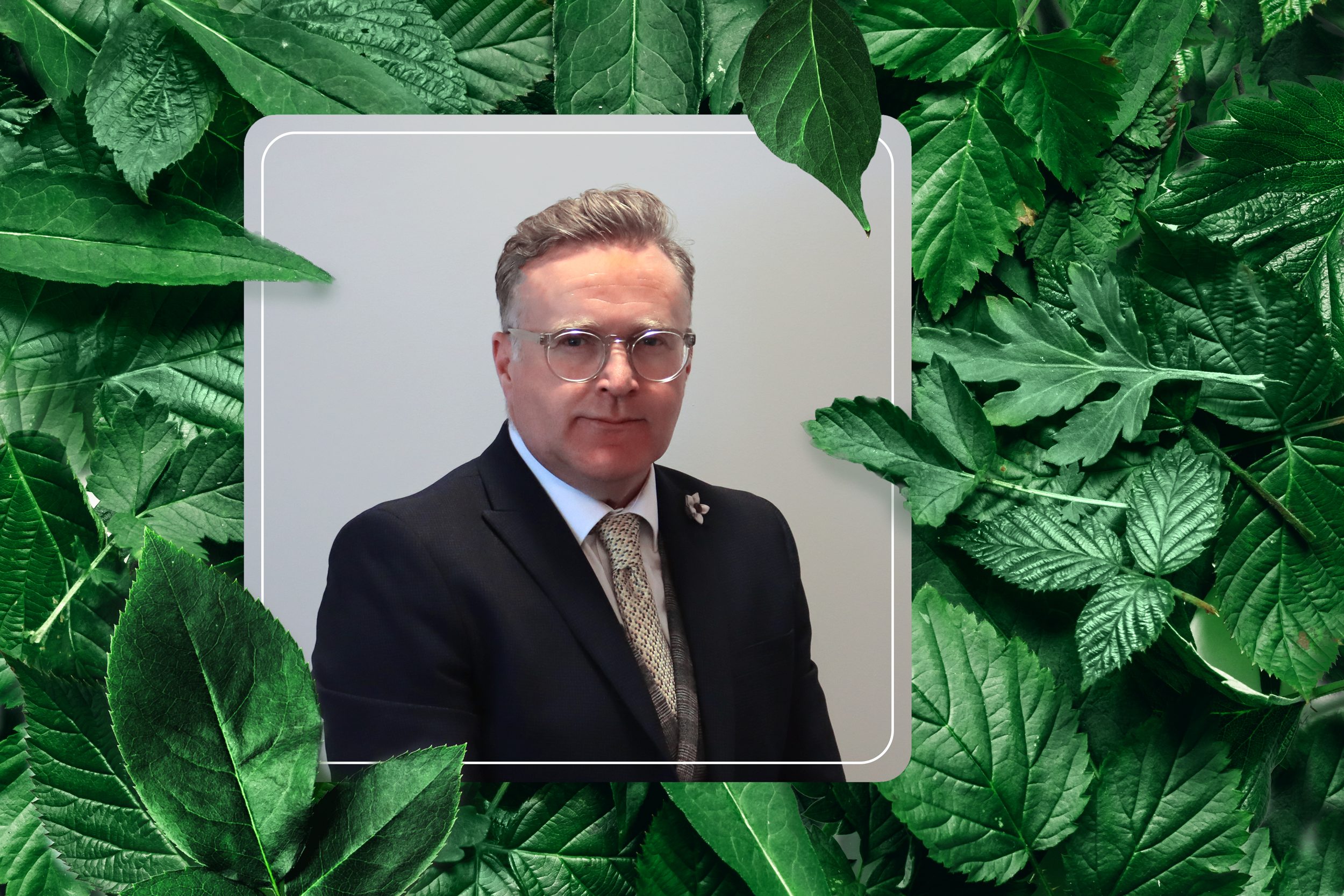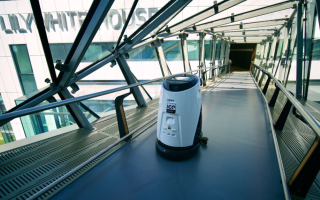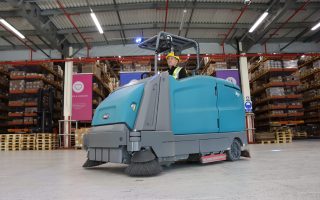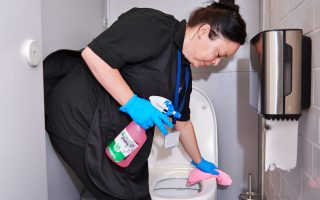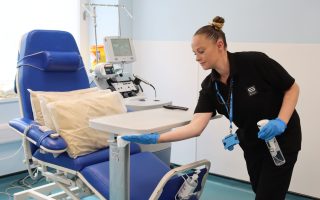What’s the connection between the recent COP 26 climate change conference in Glasgow, and the work each one of us is doing right now?
The goals of COP 26 and its challenges to society remain urgent action to prevent a climate crisis. Specifically, net-zero emissions by 2050.
If the experts are right, life could become increasingly unsustainable if we don’t take enough action, especially for more vulnerable parts of the world. Consequently, a renewed commitment from the world’s major nations (and polluters) is needed right now.
That’s the big picture. But the opening question was, how do working people like us contribute? What difference can an organisation like yours, like ours, really make to that net-zero goal?
Some world issues seem so overwhelming in their scale that we’re tempted to passive resignation: net-zero emissions by 2050 sound like someone else’s problem – but it’s an opportunity for ordinary working people to participate.
Drawing inspiration from the recycling phenomenon
If we collectively take action as individuals and organisations, sustainability ceases to be just another buzzword: it can happen if we commit to changing the way we live.
Just over 20 years ago, domestic recycling was virtually non-existent in the UK. The bulk of our waste went straight to landfill. Recycling was often viewed as a fringe initiative for eco-warriors. Now practically every household (and workplace) accepts it as the norm.
Why ESG is central to your success
Before investing in an organisation, socially-conscious customers and other stakeholders are increasingly likely to evaluate it by Environmental, Social and Governance criteria (ESG).
As well as climate change and the reduction of carbon emissions, the Environmental criteria can include water usage and pollution, air pollution, and deforestation. How an organisation interacts with its environment may also overlap with issues in the Social category. For example, a single-use plastics initiative for employees, or an interaction with a local community through a tree-planting scheme.
With ESG as an evaluation tool for responsible investors, there’s a high incentive for organisations – and their suppliers – to capitalise on every opportunity to satisfy the criteria.
Your (facilities) suppliers should help your organisation become radically more sustainable
If an organisation is going to play its part in reversing climate change and other environmental damage, it needs to engage its suppliers as well as its employees and customers. Do your suppliers pay lip service to sustainability, or is it a substantial, measurable strategy?
The leadership team at Samsic UK have always been active with innovations in our industry – especially ones that help the environment. We have integrated many of these into our day-to-day working culture and we can build these innovations into a Facilities Management strategy that fits your premises and your priorities. And over the life of a contract, these innovations can help you develop a significantly more sustainable and ESG-aligned organisation.
Samsic innovations for your sustainable Facilities Management strategy
- Chemical-free cleaning. Almost 15 years ago, Samsic UK were the first UK company to launch Toucan, a chemical-free and non-toxic sanitiser that’s a simple solution of water and salt, ionised by a small electric charge. Because it’s generated on-site, according to demand, Toucan can reduce single-use plastics by up to 97%, and cut out the carbon footprint linked to delivery supply chains. For over a decade we’ve used Toucan on most of our 3500 client sites.
- Where we must use chemicals, our Eco-dosing solution provides concentrated cleaning detergents with a controlled dosage chamber to prevent overdosage, as well as exposure of our staff and building occupiers to hazardous materials.
- Sustainability is central to the design of our cleaning equipment, thanks to our supply partner ICE. Our machines are fitted with stop-start technology, low noise emitters and battery power. They also feature telematics, to track and record all usage data, so that we optimise performance and maximise the lifecycle of each unit.
- We also use scrubbing machines that recycle their water supply, with ICE’s Aqua Smart onboard filtration system. This means that the same tank of water can be used for up to a week, and it can cut our water consumption by 90%.
- And by saving on refills for both machines and mop buckets, Aqua Smart helps our teams deliver a 25% more productive, ‘non-stop’ cleaning service.
- End-of-life equipment beyond repair is returned to ICE for material and item recovery. Materials recovered from residual equipment are recycled for future use.
- Waste management strategy. Our cleaning teams are trained in waste segregation, and support our clients in building similar awareness among their staff, so that together we can streamline business waste management processes.
- Water-saving products can be retrofitted to taps, toilet flushes and urinals to reduce water usage by up to 70%.
- Air quality improvement. Our HEPA and water-based filters – fitted on equipment or stand-alone – remove a minimum of 99.97% of all airborne particles, bacteria and allergens. Our Infogrid technology also monitors air quality, producing detailed reports.
- Sustainable cleaning materials. Wherever possible, our cleaning materials are approved by the EU Eco Label, or verified by the Charter for Sustainable Cleaning. This enables us to monitor the chemical usage, product packaging, and recycling potential of all our materials.
To find out how our innovations could help your organisation reach its sustainability goals, contact us.

